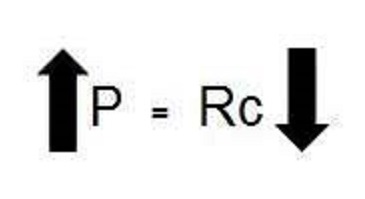Pressure is one of the major component of the welding process Pressure, Current & Time (PCT). In most weld schedules pressure is called out as a force value. Pressure is this same value as force but applied to the surface area of the electrode contact face. See the article - How are force and pressure related?
Pressure is important because it provides the necessary mechanical force holding the two or more surfaces together during the welding sequence. This insures a good current path and contains the molten metal that may form to prevent expulsion. During the hold/solidification sequence the pressure/force provides a forging action which can strengthen the weld nugget.
Additionally changes in the force value up or down can change the heat generated in the part due to the change in the contact resistance. For example, more force means better contact and less contact resistance. The electrode contact face will run cooler. This can create or reduce electrode face wear or sticking and shift heat balance toward the part interface. Indentation may also be reduced. The opposite can be done with less force.

PRESSURE AND CONTACT RESISTANCE ARE INVERSELY RELATED
Additional articles that address related pressure/force topics are:
What is the force component of a weld schedule?

